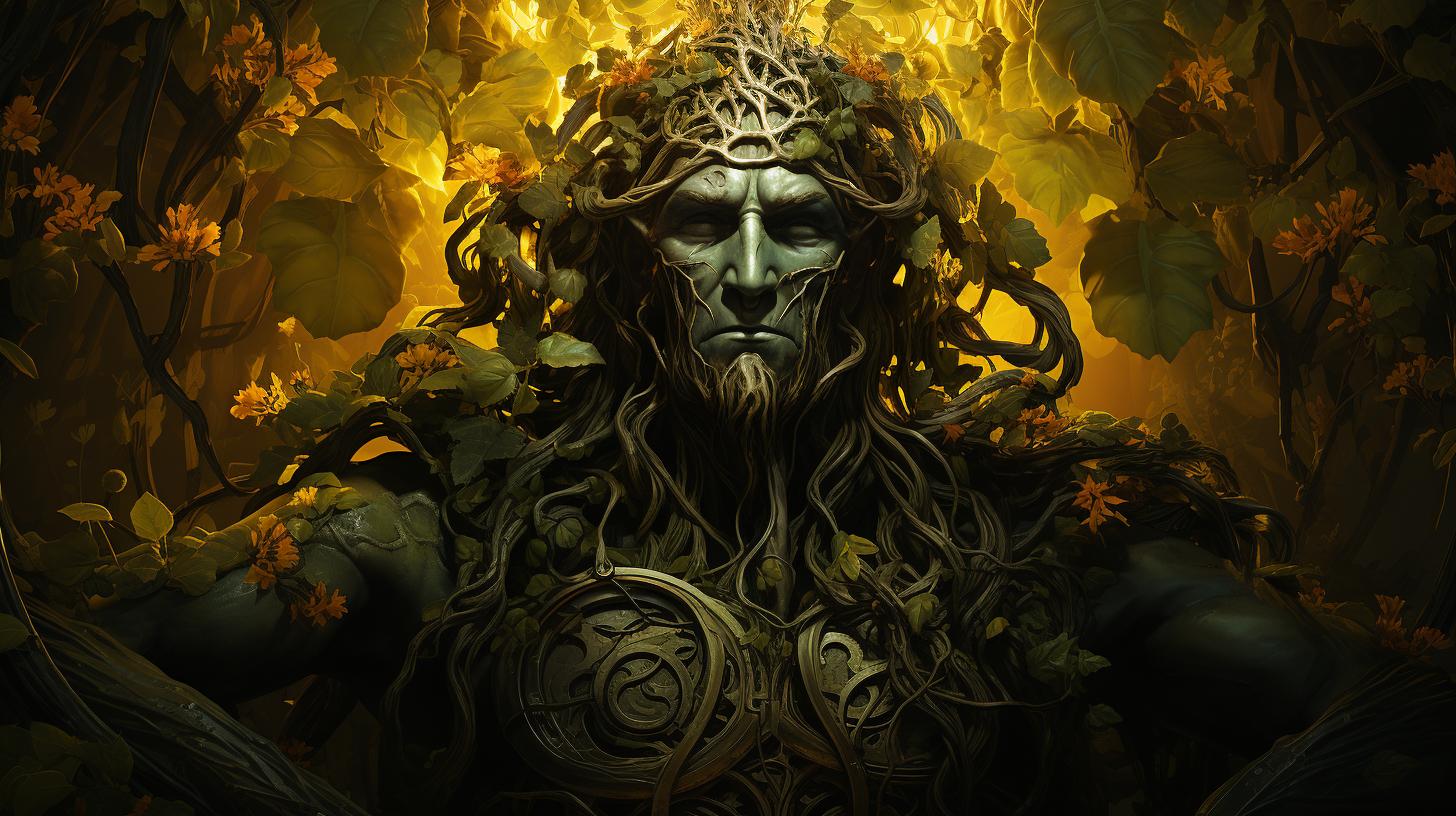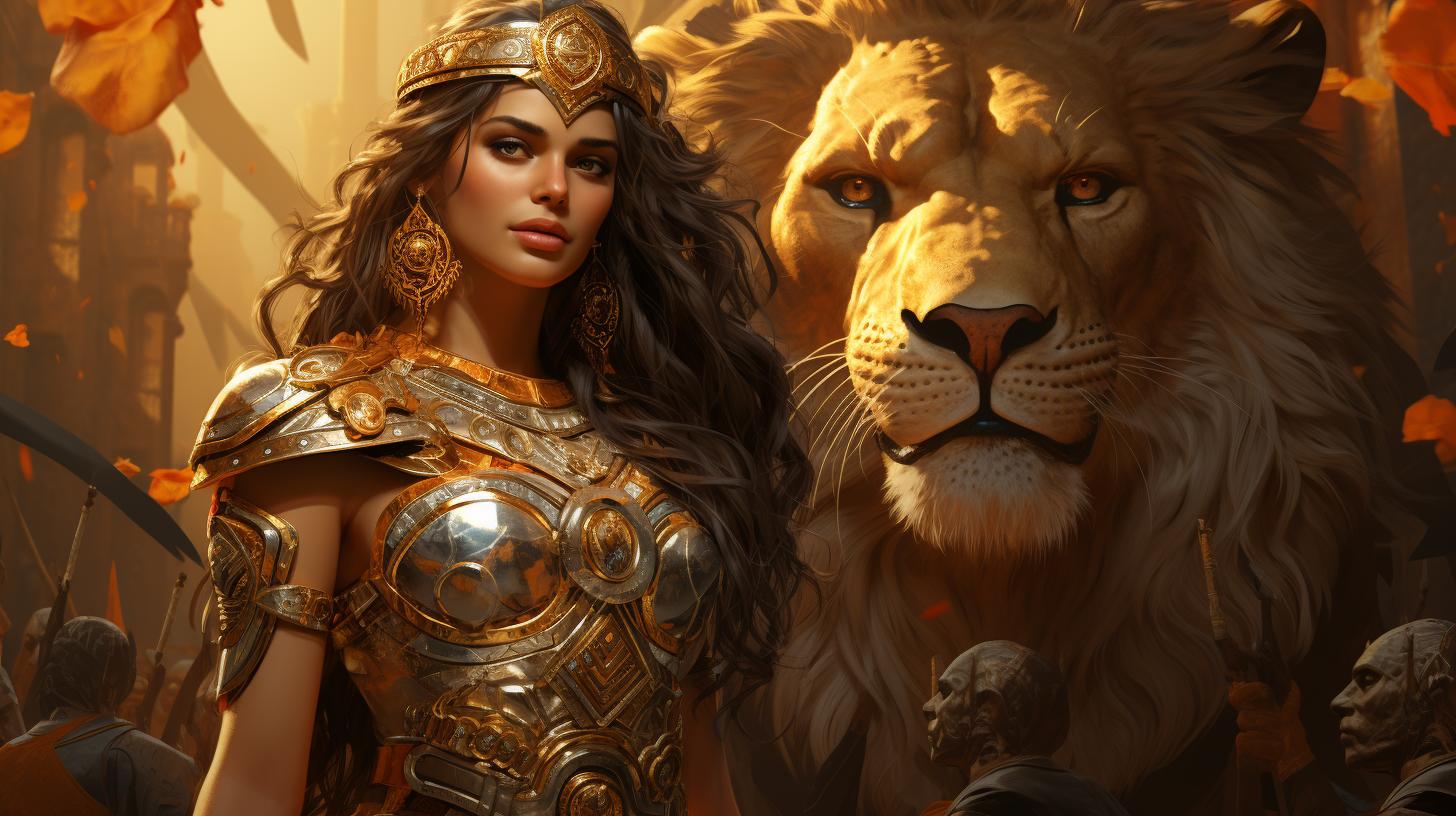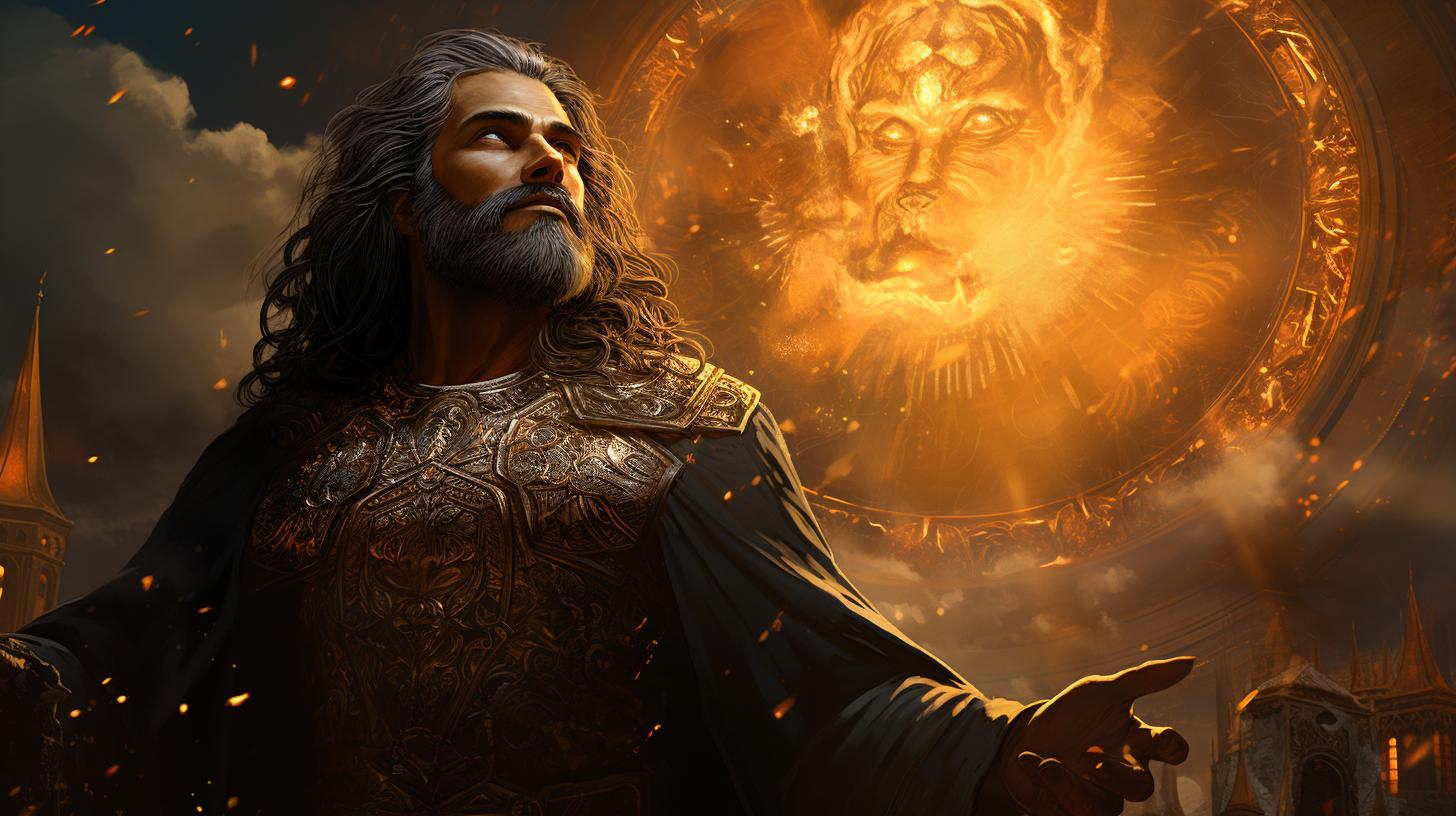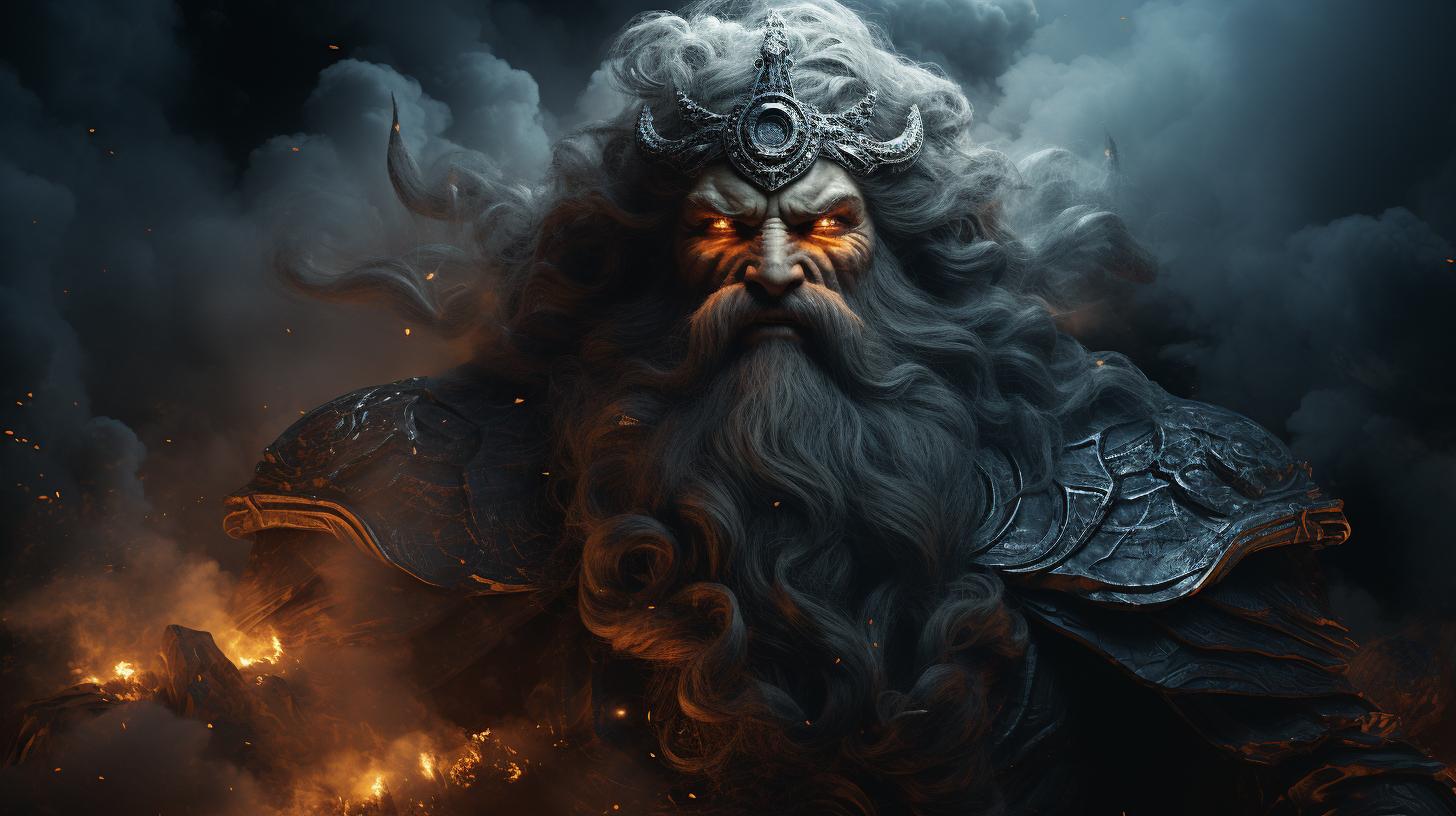The God Tammuz: Origins, Worship, and Influences on Ancient Mesopotamian and Assyrian Cultures
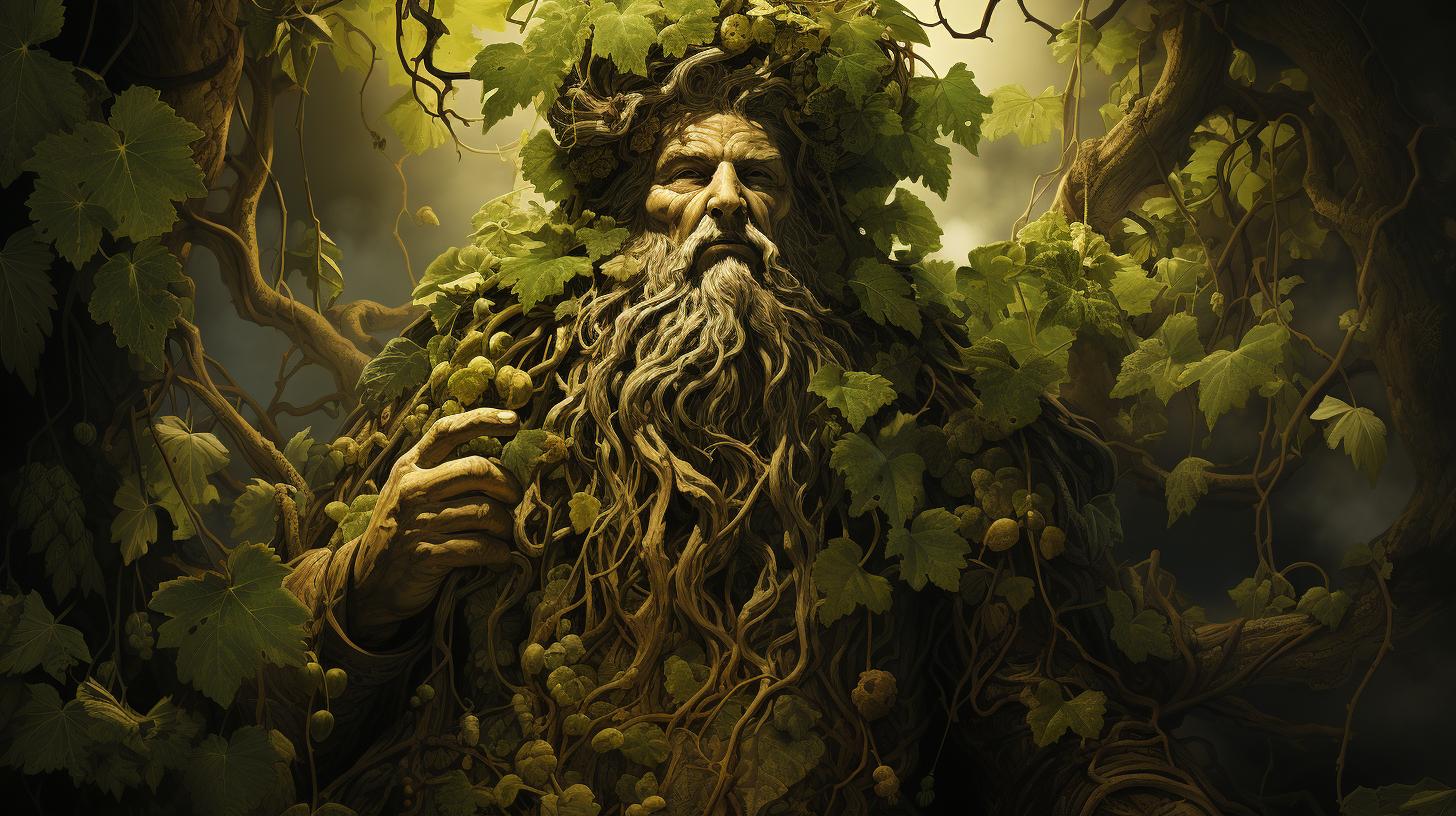
The god Tammuz holds significant historical importance in ancient Mesopotamian and Assyrian cultures. Believed to be the deity of fertility and agriculture, Tammuz was worshipped through rituals and festivals.
His association with other deities and religious practices influenced various ancient religions, including Babylonian mystery cults. The original cross symbol is thought to have connections to Tammuz. Controversially, even the Israelites were known to worship Tammuz, leading to divine displeasure.
This article provides an overview of Tammuz’s origins, worship, and influences, shedding light on his decline and legacy in later cultures.
The God Tammuz: Overview and Historical Significance
The ancient Mesopotamian civilization was rich in religious beliefs and practices, and numerous deities were revered by its people. One such deity of great importance was Tammuz, who played a significant role in the religious landscape of that era.
This section provides an overview of Tammuz’s historical significance, examining the ancient Mesopotamian religion and deities, the origins of Tammuz and its meaning, and the worship and cult associated with this revered god.
Ancient Mesopotamian Religion and Deities
The ancient Mesopotamian religion formed the foundation of the cultural and spiritual life in the region. It encompassed a vast pantheon of deities, each holding unique roles and responsibilities. These deities were worshipped by the Mesopotamians, who believed in their divine power and influence over various aspects of life, including fertility, agriculture, and the overall well-being of society.
The Origins of Tammuz and its Meaning
The origins of Tammuz can be traced back to ancient Sumer, one of the earliest civilizations in human history. The name “Tammuz” derives from the Akkadian term “Tammuzi,” which finds its roots in the ancient Sumerian name “Damu-zid,” meaning “The Young, Impeccable One.”
This deity was associated primarily with pastoralism, tasked with the care and herding of sheep.
The Worship and Cult of Tammuz
Tammuz was revered through elaborate rituals and devout worship. The followers of Tammuz held two annual festivals of high significance. One celebrated his sacred marriage to the goddess Inanna, symbolizing the union of fertility and abundance.
The other mourned his demise at the hands of underworld demons, marking a period of grief and sorrow. These festivals played a crucial role in the religious life of the Mesopotamians, fostering a strong connection with Tammuz and seeking his blessings for their agricultural endeavors.
As time progressed, Tammuz’s character evolved in the ancient Assyrian culture, shifting from a pastoral deity to a force responsible for crop growth. The influence of Tammuz also extended beyond Mesopotamia, leaving its imprint on Babylonian mystery religions.
There is speculation that the original Christian cross may have been associated with Tammuz, as his symbol, the tau, bears resemblance to the cross.
The worship of Tammuz was not limited to the Mesopotamian region, as it spread to other civilizations, including the Israelites.
However, the Israelites’ adoption of Tammuz worship and other pagan practices, even within their sacred Temple, provoked the wrath of God.
This section provides a comprehensive overview of Tammuz, shedding light on its historical significance within ancient Mesopotamian and Assyrian cultures.
The worship and reverence for Tammuz, the festivals held in his honor, and his impact on other ancient religions will be further explored in the subsequent sections of this article.
Tammuz in Mesopotamian and Assyrian Culture
Tammuz played a significant role in the religious and cultural practices of ancient Mesopotamia and Assyria.
As a god of fertility and agriculture, Tammuz was revered and celebrated for his association with the growth and abundance of crops.
Tammuz as a God of Fertility and Agriculture
Tammuz held a prominent position as a deity linked to fertility and agricultural prosperity. The ancient Mesopotamians and Assyrians believed that Tammuz had the power to ensure bountiful harvests and the successful growth of their crops.
Farmers and agricultural communities worshipped him, seeking his blessings and favor for a prosperous agricultural season.
Rituals and Festivals Associated with Tammuz
The worship of Tammuz was accompanied by elaborate rituals and festivals that honored his divine essence and praised his role in sustaining fertility in the land. One of the most significant annual events was the celebration of Tammuz’s marriage to the goddess Inanna, symbolizing the union of masculine and feminine forces that brought about fertility and abundance.
During this festival, communities engaged in joyful festivities, including processions, music, dance, and feasting. The rituals emphasized the role of Tammuz as the catalyst for agricultural productivity, ensuring the renewal of life and fertility in nature.
Tammuz’s Association with Other Deities and Religious Practices
Tammuz’s influence extended beyond his role as a god of fertility. He was also associated with other deities and religious practices within ancient Mesopotamian and Assyrian cultures. Tammuz’s interconnectedness with gods and goddesses such as Inanna, Dumuzid, and Ishtar highlighted his significance in the larger religious pantheon.
Moreover, Tammuz’s symbolism and attributes were incorporated into the worship and mythology of other deities. His association with sacred rituals, divine marriage, and the cycle of life and death influenced various religious practices throughout the region.
In essence, Tammuz’s presence in Mesopotamian and Assyrian culture permeated multiple aspects of life, from agriculture to religious ceremonies, leaving an indelible mark on the beliefs and practices of these ancient civilizations.
Tammuz’s Influence on Other Ancient Religions
Tammuz in Babylonian Mystery Religions
Tammuz had a significant presence in Babylonian mystery religions, where he symbolized rebirth, renewal, and the cycles of life and death. In these secretive religious practices, initiates engaged in rituals and ceremonies aiming to connect with the divine forces that governed the universe.
Tammuz represented the eternal cycle of nature, reflecting the constant regeneration that occurred in both the physical and spiritual realms. His worship in Babylonian mystery religions played a crucial role in shaping the concepts of life, death, and immortality among ancient worshippers.
Tammuz’s Symbolism and Connection to the Cross
Tammuz’s symbolism is believed to have influenced the iconic cross symbol that is now associated with Christianity. The letter tau, which resembles a cross, was Tammuz’s symbol in ancient times.
As Tammuz was worshipped as a god of fertility and agriculture, his connection to growth and rebirth became intertwined with the cross symbol. Over time, this symbol underwent transformations and eventually became a significant emblem within early Christian communities.
Tammuz and the Israelites: Controversial Worship Practices
Tammuz’s influence extended even to the Israelites, who incorporated aspects of his worship into their own religious practices. However, this syncretism conflicted with the monotheistic beliefs of the Israelites, leading to condemnation from their God.
The worship of Tammuz, along with other pagan practices, provoked divine anger and was considered an abomination. The Israelites’ adoption of Tammuz’s rituals, particularly within the Temple, caused significant strife and led to divine retribution.
The Decline and Legacy of Tammuz Worship
The legacy of Tammuz worship endured various transformations and challenges over time. In later Assyrian culture and mythology, Tammuz’s significance evolved to encompass more than just his pastoral associations. He came to be regarded as a symbol of growth and abundance for crops, displaying his prominent role in agricultural practices.
As the Assyrians relied heavily on agriculture, Tammuz’s status as a fertility deity became central to their cultural and religious beliefs.
Tammuz in Later Assyrian Culture and Mythology
In later Assyrian culture, Tammuz’s representation expanded beyond his pastoral origins. He was now perceived as a crucial force responsible for cultivating successful harvests and ensuring the prosperity of the kingdom.
Tammuz became associated with the annual cycle of planting and harvesting, and his worship was intricately woven into the agricultural rituals of the Assyrians. As the god linked to fertility and growth, Tammuz held immense sway over the Assyrian society’s well-being and sustenance.
Tammuz’s Impact on Near Eastern Religions
Beyond Assyria, Tammuz’s influence spread to neighboring regions and religions. With the advancement of Babylonian mystery religions, Tammuz’s prominence seeped into their practices and beliefs. He became an integral figure associated with regeneration, sacrifice, and rituals of rebirth.
Tammuz’s symbolism and stories intersected with the divine mythologies of surrounding cultures, shaping their perceptions of life, death, and the afterlife. His impact on the religious and philosophical landscape of the Near East cannot be overlooked.
Modern Interpretations and Relevance of Tammuz
In the present day, Tammuz continues to resonate with scholars, historians, and individuals intrigued by ancient religions. His legacy and symbolism hold great significance in understanding the cultural and religious tapestry of ancient civilizations.
Tammuz’s enduring influence can be witnessed in artistic representations, archaeological discoveries, and ongoing academic research. Moreover, his story raises thought-provoking questions about the human quest for fertility, spiritual growth, and our connection to the cycles of nature.
Tammuz’s relevance in modern times reflects the eternal pursuit of understanding our historical and cultural roots.











